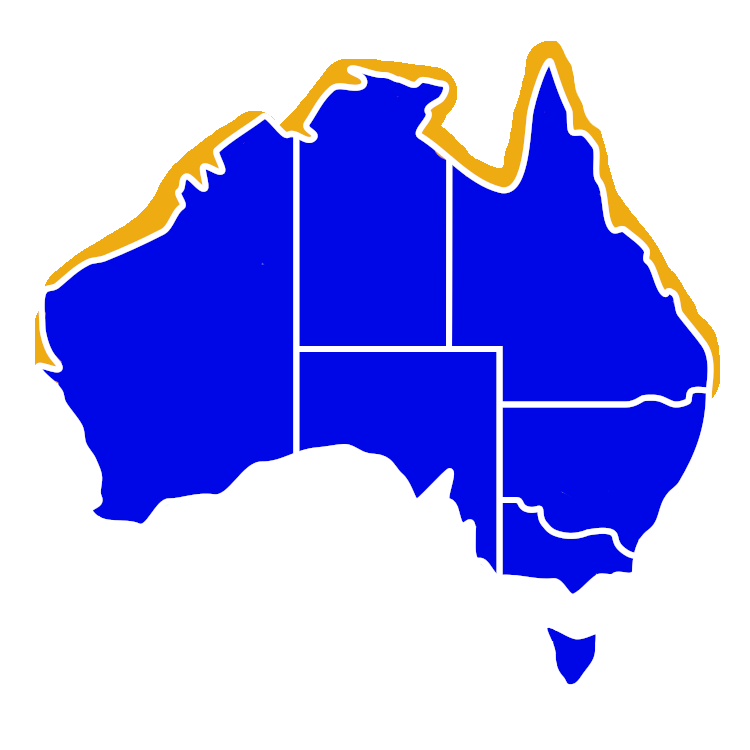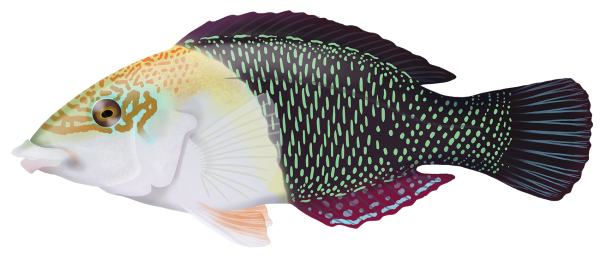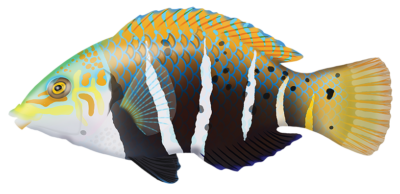Quick Facts
Distribution

Interesting Info
- The thicklip wrasse, is a species of wrasse found in the coastal waters of northern Australia, from Western Australia to Queensland.
- Adult thicklip wrasse have distinct coloration, with a greenish-grey body and a large, protruding lower lip that gives them their common name.
- They are a carnivorous fish, feeding on a variety of invertebrates, such as crabs, snails, and sea urchins, as well as small fish.
- The thicklip wrasse is known for its intelligence and problem-solving abilities. They have been observed using rocks to break open shells and obtain food.
- Breeding occurs during the austral winter and spring, with eggs and larvae released into the water column.
- Like other wrasse species, the thicklip wrasse is hermaphroditic, meaning it can change its sex during its lifetime. Juvenile thicklip wrasse are typically female, and can transition to male as they mature and become larger.
- They are a solitary fish, except during the breeding season when it forms temporary pairs or small groups.
- Estimated lifespan is up to 25 years.
Species Interaction
Recreational Fishing, Snorkeling & Diving
The thicklip wrasse are an important species for recreational fishing in northern Australia and are often targeted by anglers for their meat and sporting value. They are an interesting fish to observe in the wild for snorkelers and divers if they can identify them on the reef. Their camouflage and hiding elusiveness can make it challenging.
Scientific Classification
Kingdom: Animalia
Phylum: Chordata
Class: Actinopterygii
Order: Perciformes
Family: Labridae
Genus: Hemigymnus
Species: Hemigymnus melapterus
Conservation Status
The thicklip wrasse is classified as a least concern species by the International Union for Conservation of Nature (IUCN) in Australia.
Fish Taste Quality
Thicklip wrasse are considered to be good eating fish. They have firm, white flesh that is said to be mild and slightly sweet in flavour.
Taste Rating: 3/5
How to catch
Thicklip Wrasse
Catch Difficulty: Intermediate
Tackle: Running Sinker Rig
Bait: Crab, Fresh cut flesh baits, Pilchards, Prawns, Squid, Worms
Technique: Keep bait on the bottom, Keep bait close to the reef/structure
Popularity: Targeted
Recreational Viewing
- Snorkeling & Scuba
Finding: Difficult
Temperament: Peaceful
Location: Inner Reef, Outer Reef, Lagoon
Danger: None





